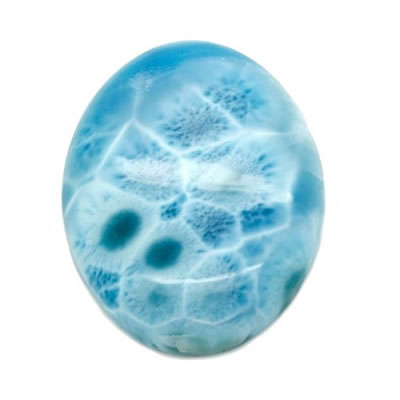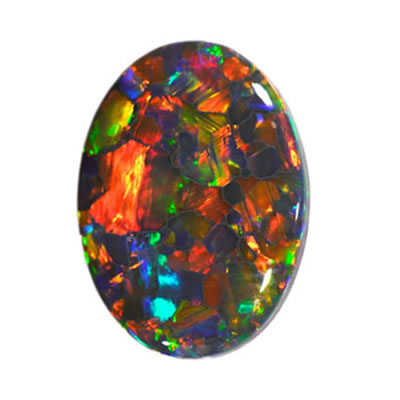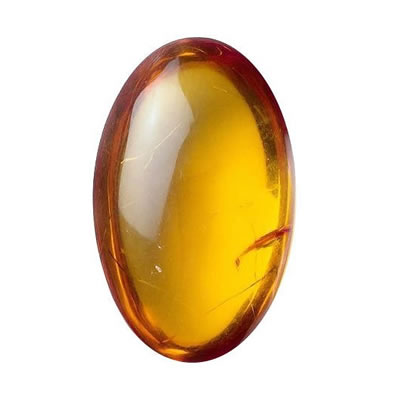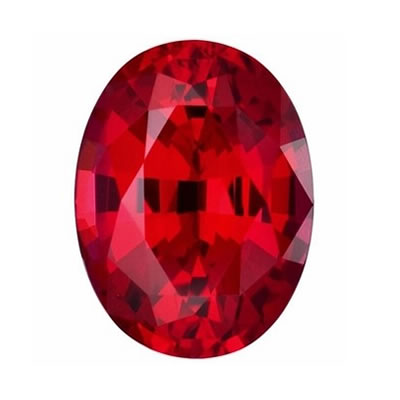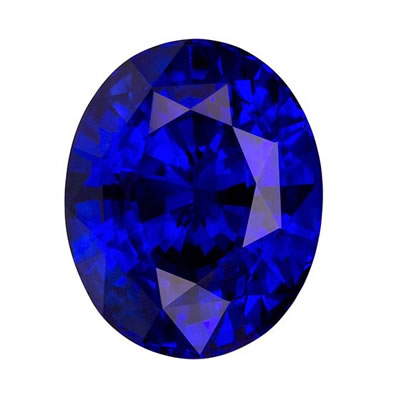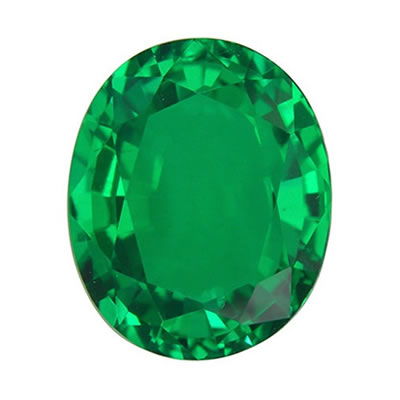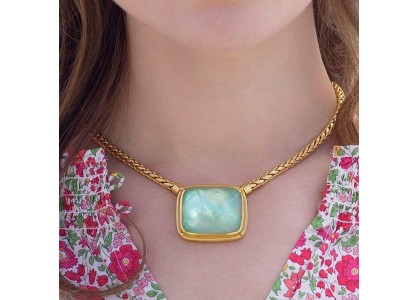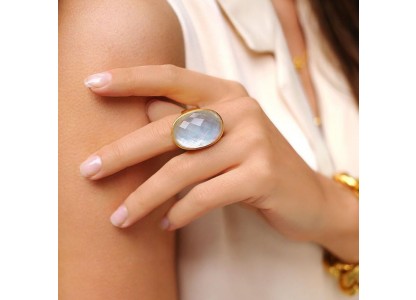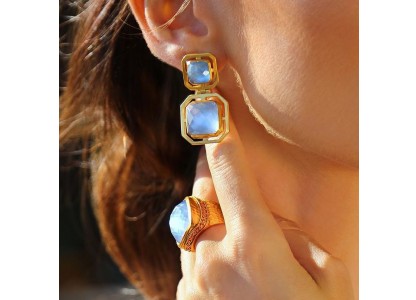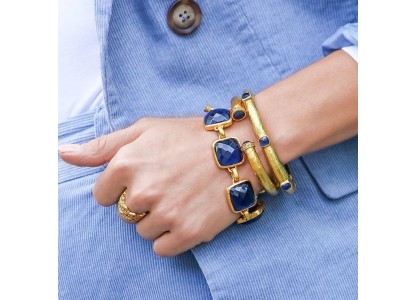Turquoise

Turquoise jewelry
Turquoise has been known by varieties of names. A cousin to lapis lazuli, the word "turquoise" dates to the 17th century, originating as a French word. Turquoise was sent first into Europe via Turkey, hence its name, meaning "Turkish" in French. Many ancient commercial turquoise mines were completely emptied by 2,000 BC.
It hosts a pastel sky color with varying shades of turquoise that has endeared it to many great cultures. It has adorned rulers of ancient Egypt, Aztec even pre-columbian Mesoamerica. It has been adored by the royalty of Persia, Indus Valley, Mesopotamia and even to a lesser extent in ancient Chinese Dynasties.
Descriptions of Turquoise
This opaque, blue-to-green mineral is a hydrous phosphate from copper and aluminum. Turquoise is most commonly found in sky-blue, apple-green, purple and blue-green. Sky-blue remains the most sought after for its color even though green is known to be its rarest hue, although translucent crystals do exist.
On rare occasions it has been confused with malachite or azurite. Samplings of these carbonates of copper take forms appearing very similar to turquoise.
The mineral chrysocolla is also very similar in its appearance to turquoise. This is because both stones form earthy, compact masses in medium to light-blue tones which means when density tests are used to differentiate between the two they are unreliable.
A more reliable test for turquoise is when it gives a positive test for phosphate, because chrysocolla will not. Turquoise rarely forms single crystals. Each of its basic properties are intensely variable. There are many types of turquoise and it is often offered in combinations with copper.
Locations for Quality
The very finest quality of turquoise is found in Iran in the vicinity of Nishapur. Deposits are also found in Afghanistan, Australia, Argentina, China Brazil, Mexico, Israel, Tanzania and in the United States.
Gemologists speculate that the sky-blue color is what lifted turquoise into the realm of desire and popularity. It is also a rather soft stone (5-6 on the Mohs scale) and can be cut easily into many forms of jewelery.
With care it can even be carved into ornaments of high-art although oil, sweat, cosmetics and other common chemicals can change it's color on contact. It should also not be overly exposed to strong light in order to help preserve its original coloring. Because it is porous, it is usually soaked with a resin, paraffin or other elements that enhance its coloring and harden its surface.
Popular Uses of Turquoise
Known commonly as the birthstone for December, turquoise is considered by many cultures as a holy object and so gained a reputation as a good luck charm and talisman. Many believe it offers long life, happiness and good fortune. It is common to be worn as a necklace, bracelet, earrings, rings, pendant, brooch or other artistic display.
Purchasing Turquoise
Turquoise is a common, easily affordable stone when considering its carat-weight. Because it is soft, it requires some care. Your turquoise ring for example should be removed before washing the hands to help prevent discoloration from chemicals or body oils.
Talk to Our Jewelry Experts
Monday to Friday from 9AM to 5PM EST

